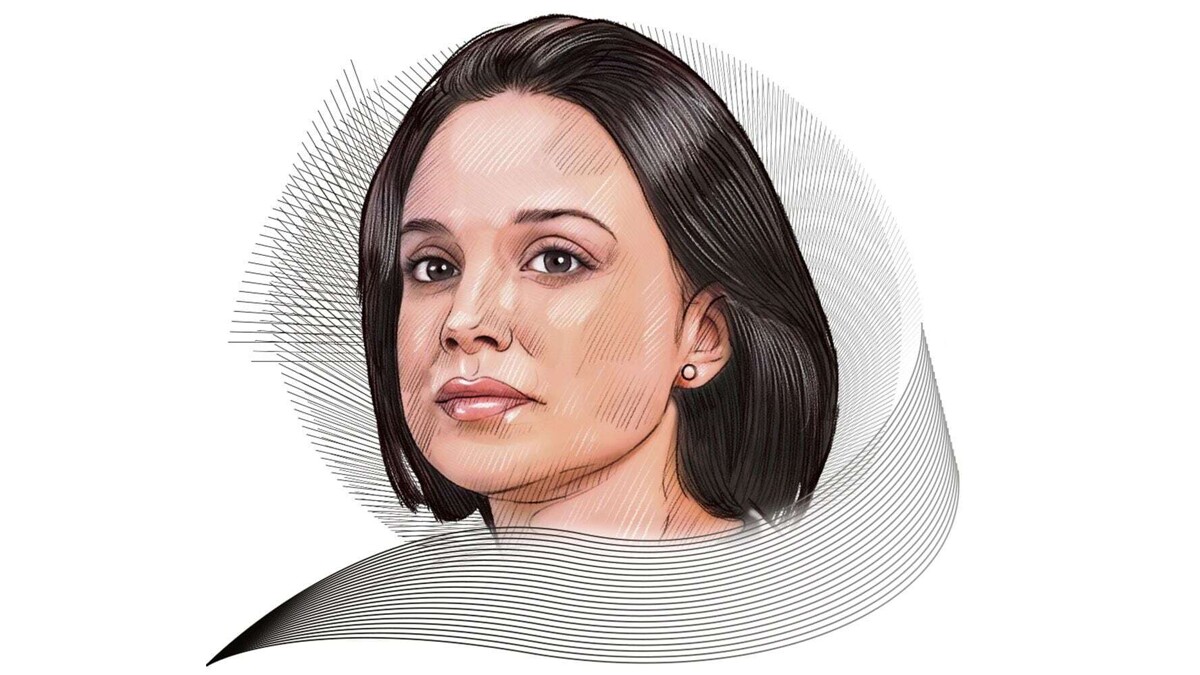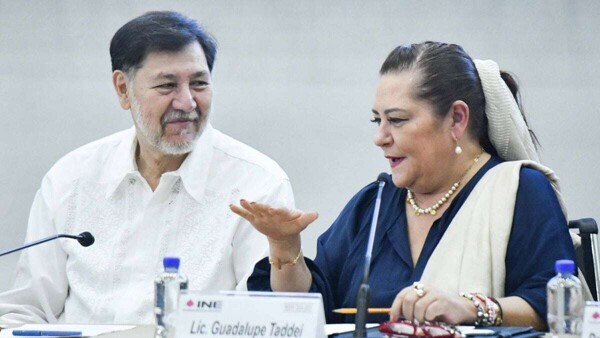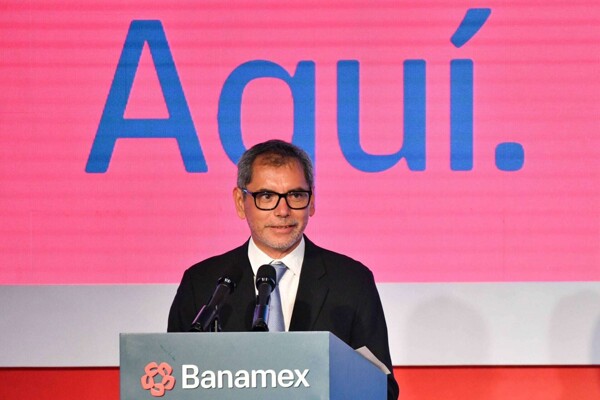
The work of financial and labor inclusion of women in the financial and banking sector shows progress, although perhaps at a slower pace than desired. Despite women constituting 51% of all employees in the sector, their presence decreases as they move up to leadership positions. Currently, only one woman holds the position of bank director, highlighting the lack of female representation at those levels.
Although the percentage of women in senior management positions has increased to 32%, it remains low overall. Factors such as impostor syndrome and lack of sisterhood can hinder women's progress to top-tier positions. Therefore, the push of women toward women in the banking sector is relevant in the fight for greater female representation in leadership roles.
The event "Women to Highlight in Banking" recognized five female leaders in the sector, underscoring the importance of their contribution. Such initiatives, along with union and collaborative work, are essential to promote equal opportunities in the financial sector. The positive impact that more women in the workforce and in leadership roles can have on the economy and the financial performance of companies is emphasized.
Economic independence, especially for women, is a key aspect. Facilitating access to formal financial products and promoting financial education are important steps to empower women economically. Initiatives promoted by Banco Santander Mexico and HSBC Mexico aim not only to increase female participation in leadership positions but also to provide financial products tailored to the needs of women entrepreneurs.
Other financial institutions, such as Scotiabank and BanCoppel, are also focused on promoting the inclusion and advancement of women within their organizational structures. They highlight efforts to increase female representation in leadership roles, as well as to design inclusive financial products and services that benefit a wide range of users.
Collaboration and mutual support among financial institutions, authorities, and women in the sector are fundamental to driving inclusion and gender equity in the financial and banking sphere. Although structural challenges persist, the path toward greater female representation at all levels of the industry is laid out, marking significant progress toward equal opportunities and sustainable economic growth.














